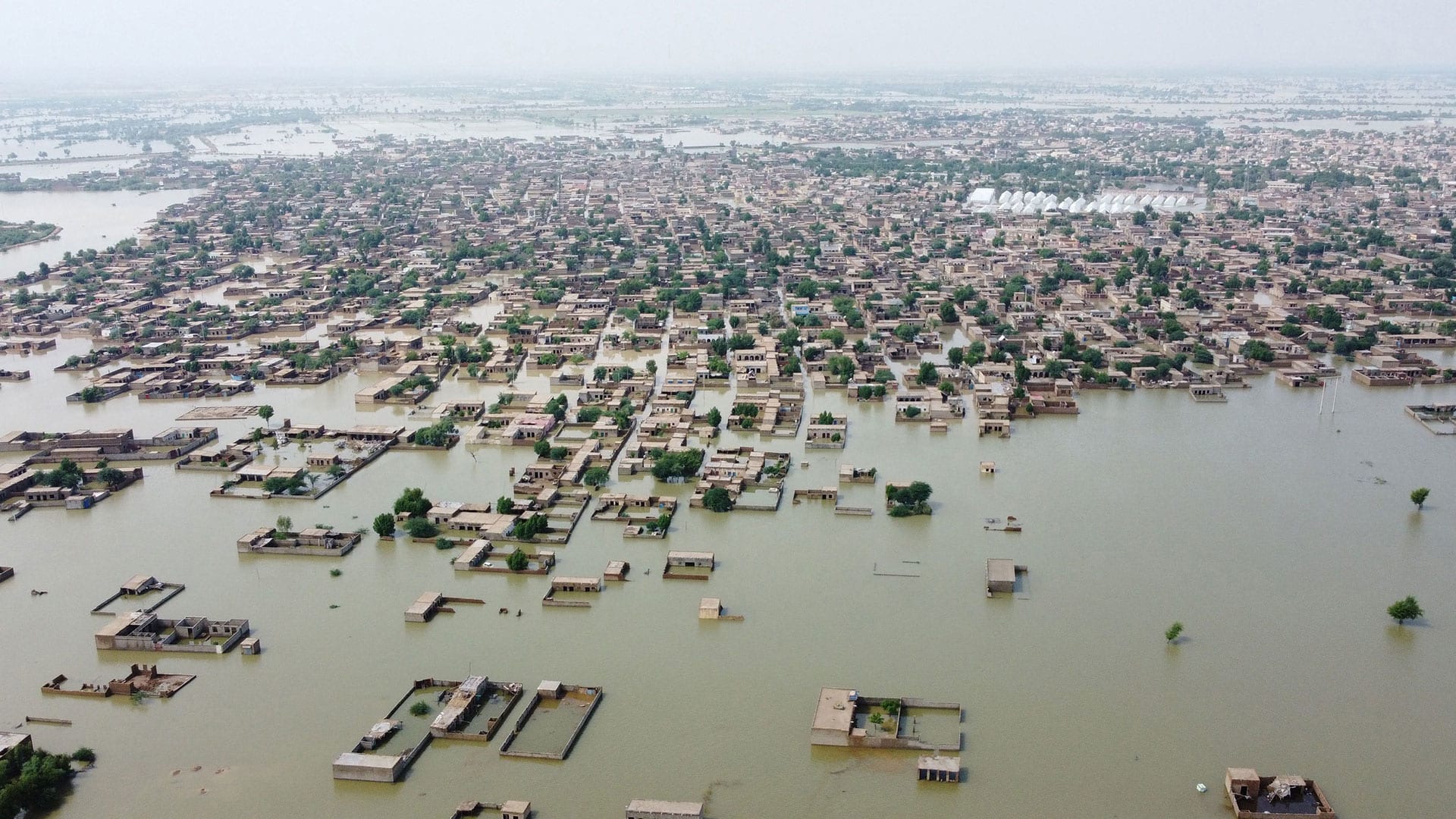
Real Causes of Floods in Pakistan
Understanding Natural and Human-Made Factors
Natural Causes
Floods in Pakistan are driven by a combination of natural phenomena, exacerbated by the country's unique geography and climate vulnerabilities.
- Monsoon Rains: Pakistan experiences intense monsoon rainfall from July to September, particularly in Punjab, Sindh, and Khyber Pakhtunkhwa. Sudden and prolonged rainfall leads to flash floods and riverine flooding, overwhelming rivers like the Indus and Chenab. In 2022, rainfall was 190% above average in Sindh, causing catastrophic flooding.[1][2]
- Glacial Melting (GLOFs): Northern Pakistan, including Gilgit-Baltistan and Chitral, hosts over 7,000 glaciers. Rising temperatures due to climate change cause rapid glacial melting, forming unstable glacial lakes prone to outburst floods (GLOFs). Over 3,000 glacial lakes were identified as at-risk in 2023, threatening downstream communities.[3][4]
- Climate Change: Pakistan ranks 5th on the Global Climate Risk Index (2021) for climate vulnerability, despite contributing less than 1% of global emissions. Unpredictable weather patterns, intensified monsoon rains, and rising temperatures (1.2°C above pre-industrial levels) increase flood frequency and severity.[1][5]
- Topography: Pakistan’s northern regions feature steep mountains and narrow valleys, accelerating water flow during heavy rains. This topography, combined with flat plains in Sindh and Punjab, leads to rapid runoff and widespread flooding downstream.[4]
Human-Made Causes
Anthropogenic factors significantly amplify the impact of floods, driven by poor planning, mismanagement, and environmental degradation.
- Deforestation: Extensive tree cutting in northern areas, particularly in Khyber Pakhtunkhwa, has reduced forest cover by 1.5% annually (FAO data). This diminishes the land’s ability to absorb rainwater, increasing runoff and landslide risks during monsoons.[6][4]
- Poor Infrastructure: Urban areas like Karachi and Lahore lack adequate drainage systems, leading to waterlogging during heavy rains. Many flood protection structures, such as embankments along the Indus, are outdated or poorly maintained, often breaching during floods.[1][7]
- Encroachments on Rivers and Floodplains: Illegal settlements and agricultural activity on riverbanks and floodplains, especially along the Indus and Swat rivers, obstruct natural water flows, exacerbating flood damage. In 2022, such encroachments amplified losses in Sindh.[2][7]
- Unplanned Urbanization: Rapid, unregulated urban growth in cities like Karachi, Lahore, and Islamabad has led to blocked drainage channels and inadequate stormwater management, worsening urban flooding. For example, Karachi’s 2020 floods were linked to clogged drains and poor urban planning.[4][7]
- Poor Water Management: Mismanagement of dams, barrages, and canals, such as delayed water releases from Tarbela and Mangla dams, can worsen flooding. Limited early warning systems and slow government response further aggravate impacts, as seen in 2022 when delayed alerts cost lives.[1][2]
Case Study: 2022 Pakistan Floods (with 2025 Context)
The 2022 floods remain Pakistan’s worst climate disaster, offering lessons for 2025. Triggered by monsoon rains 190% above average in Sindh and Balochistan, combined with glacial melting and climate-driven heatwaves, the floods affected 33 million people, caused over 1,700 deaths, and destroyed 2.2 million homes, 7 million acres of crops, and 1.1 million livestock. Economic losses were estimated at $30 billion, with 8 million displaced.[1][2]
Main Issues: Lack of preparedness, weak infrastructure (e.g., breached embankments), and poor land-use planning amplified the disaster. Encroachments on floodplains and inadequate drainage in urban areas worsened impacts. In 2025, Pakistan remains vulnerable to similar risks, with posts on X noting persistent gaps in early warning systems and infrastructure resilience.[7][8]
2025 Relevance: Ongoing climate change, with temperatures rising 0.5°C per decade in Pakistan, and limited progress in infrastructure upgrades increase the risk of recurring floods. The government’s 2023-24 budget allocated $1.5 billion for flood recovery, but structural reforms remain slow.[3][4]
Solutions
Addressing Pakistan’s flood vulnerability requires integrated natural and human-focused strategies.
- Reforestation and Watershed Management: Expanding initiatives like the Billion Tree Tsunami to restore forest cover in northern areas can reduce runoff and landslides. Watershed management can stabilize water flows.[6]
- Climate Adaptation Strategies: Investing in climate-resilient agriculture, such as drought-resistant crops, and community-based adaptation programs can mitigate climate impacts.[1]
- Strengthening Early Warning Systems: Upgrading meteorological monitoring and real-time alert systems, as recommended post-2022, can save lives and reduce losses.[7]
- Improved Urban Planning and Floodplain Zoning: Enforcing zoning laws to prevent encroachments and designing cities with modern drainage systems can curb urban flooding.[4]
- Investment in Resilient Infrastructure: Upgrading dams, barrages, and embankments, alongside building floodwalls and reservoirs, can mitigate flood impacts. The World Bank’s $500 million aid for 2022 recovery emphasizes resilient infrastructure.[1]
Conclusion
Floods in Pakistan are driven by a complex interplay of natural factors—monsoon rains, glacial melting, climate change, and topography—and human-made issues like deforestation, poor infrastructure, encroachments, unplanned urbanization, and water mismanagement. The 2022 floods, with $30 billion in losses, underscored these vulnerabilities, which persist in 2025 due to slow reforms and ongoing climate risks. Solutions like reforestation, climate adaptation, early warning systems, urban planning, and resilient infrastructure are critical to reducing future impacts. Pakistan’s high climate vulnerability demands urgent, coordinated action to protect lives and livelihoods.[1][2][7]